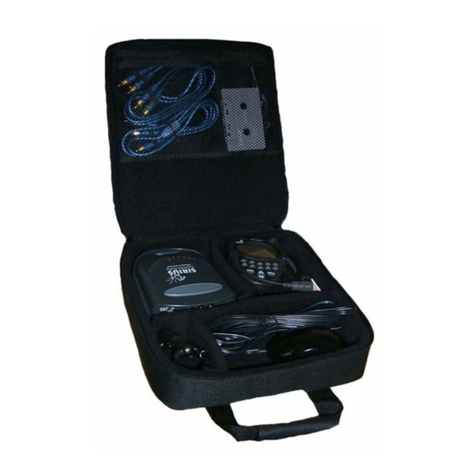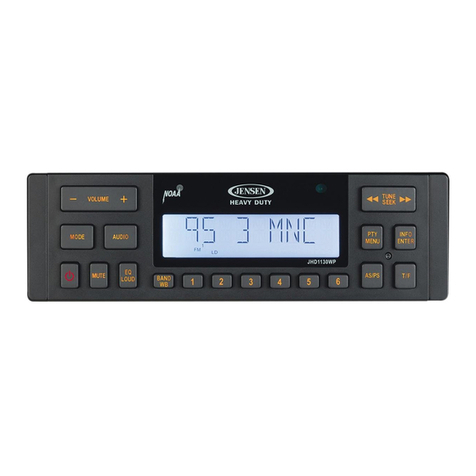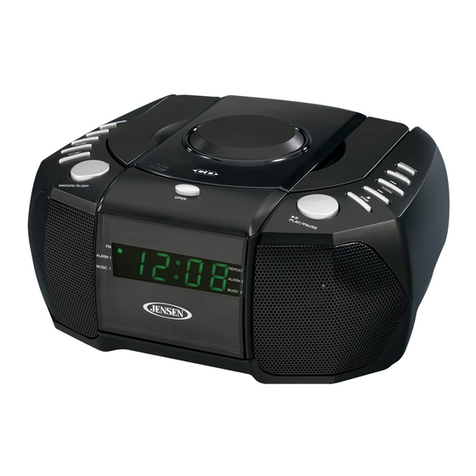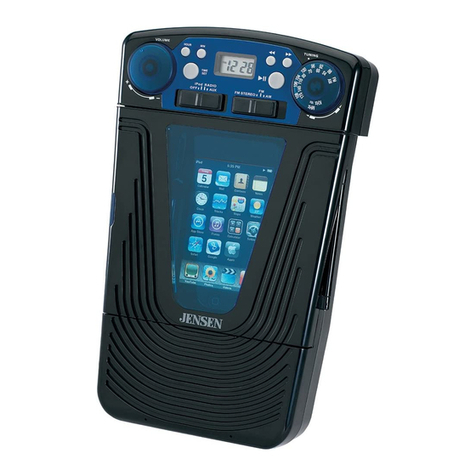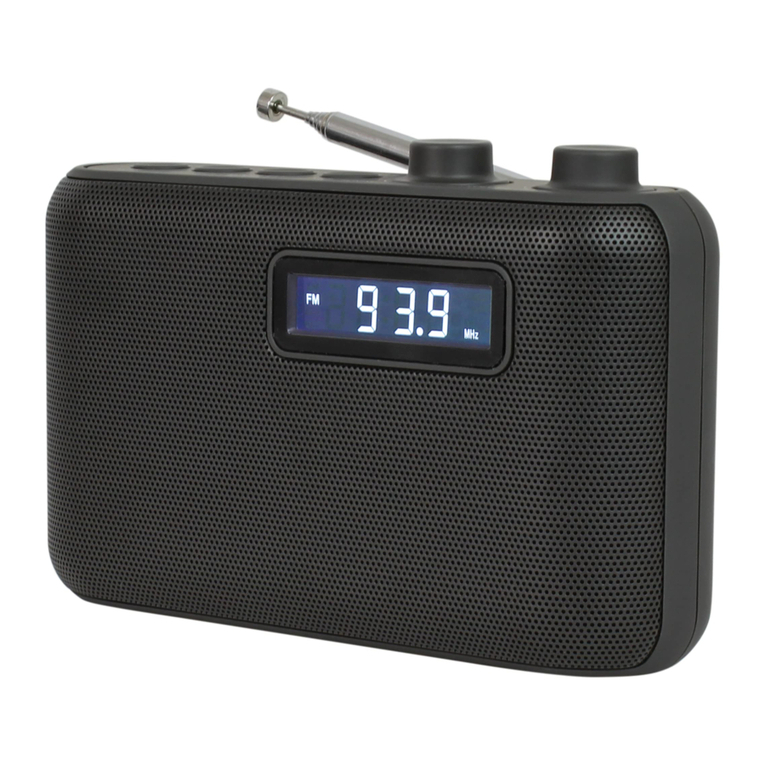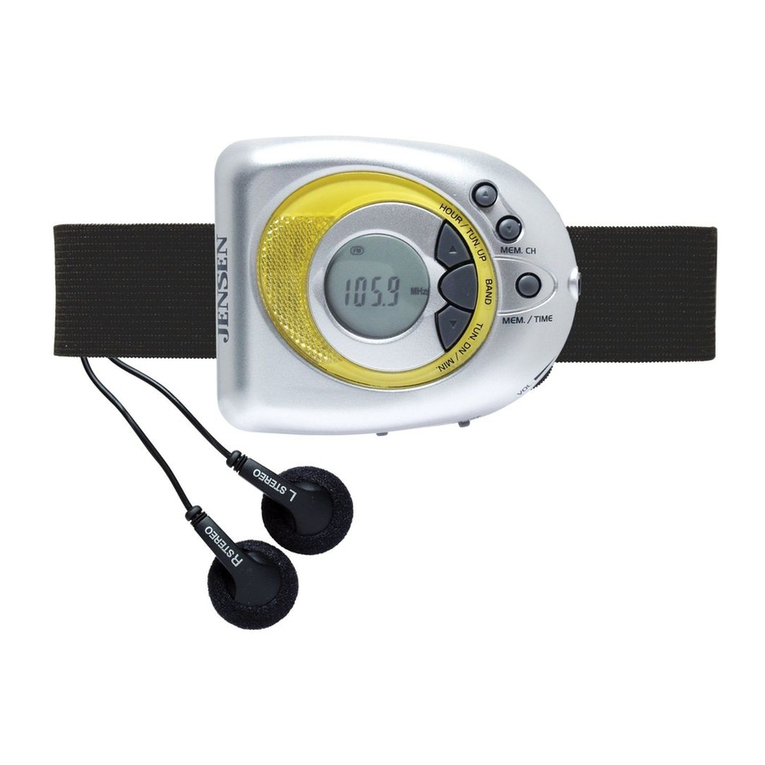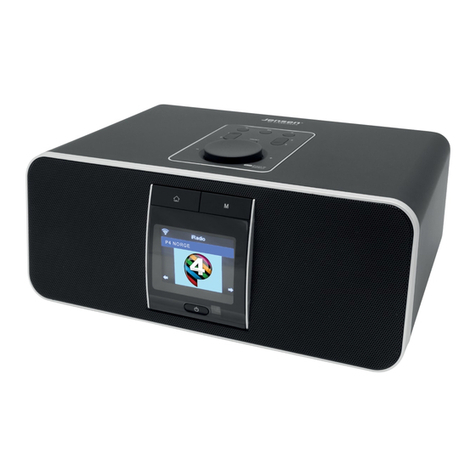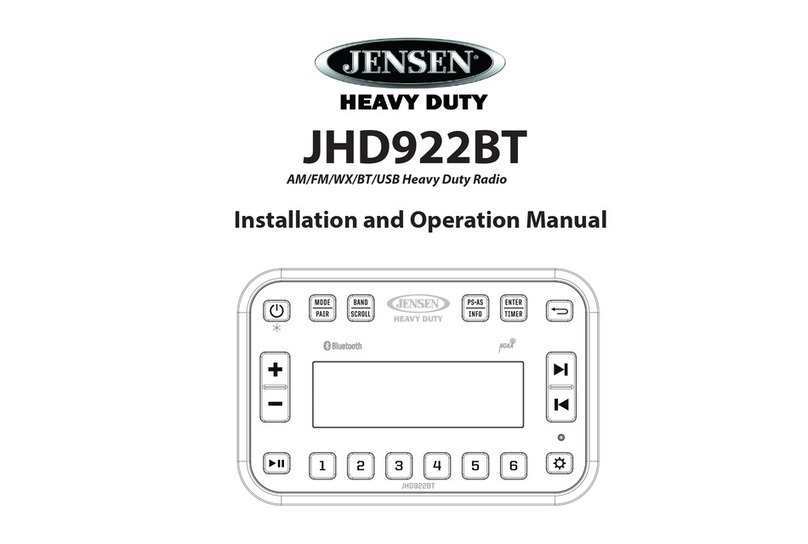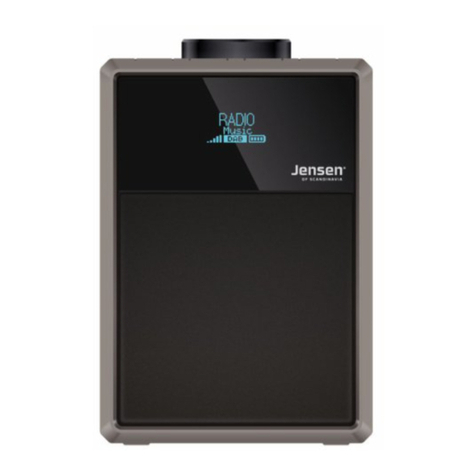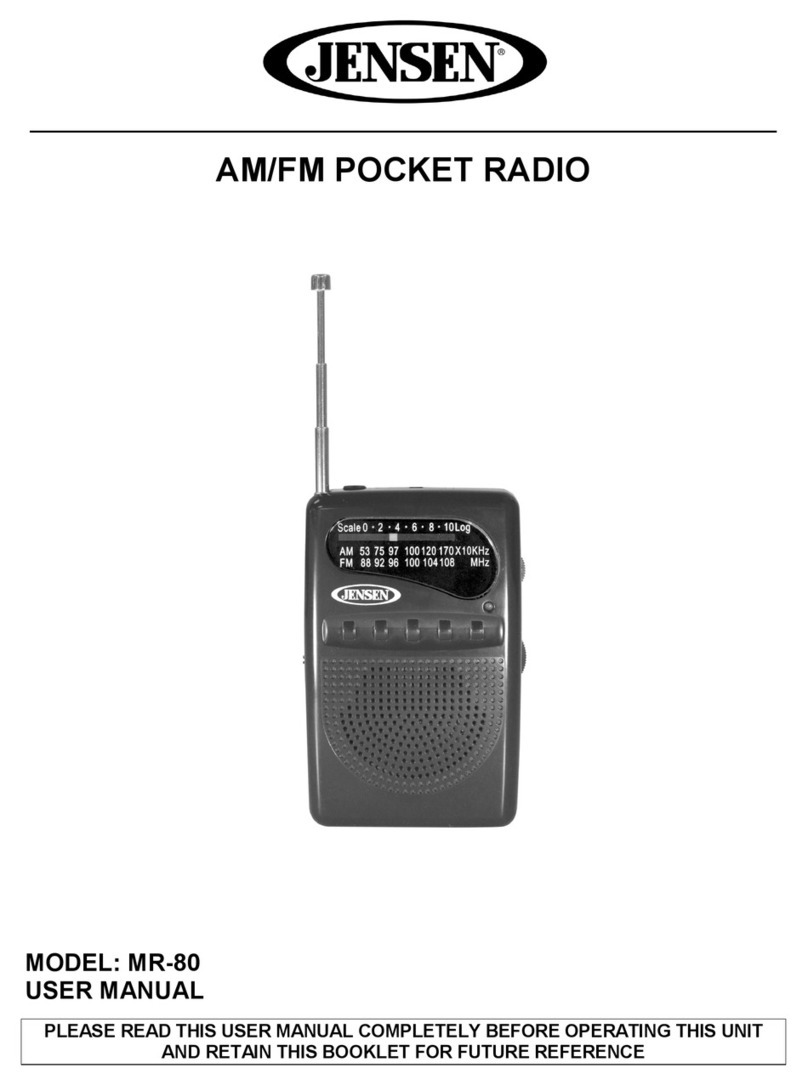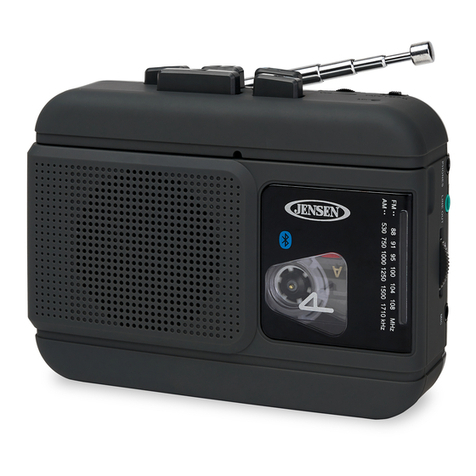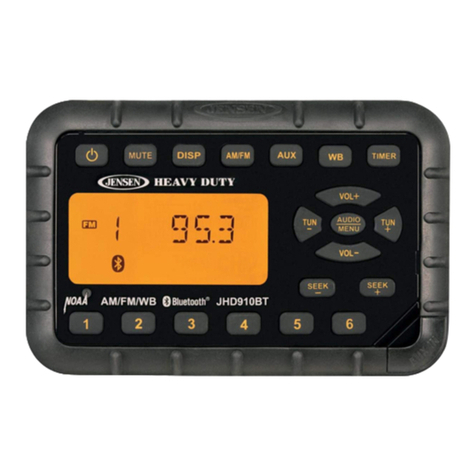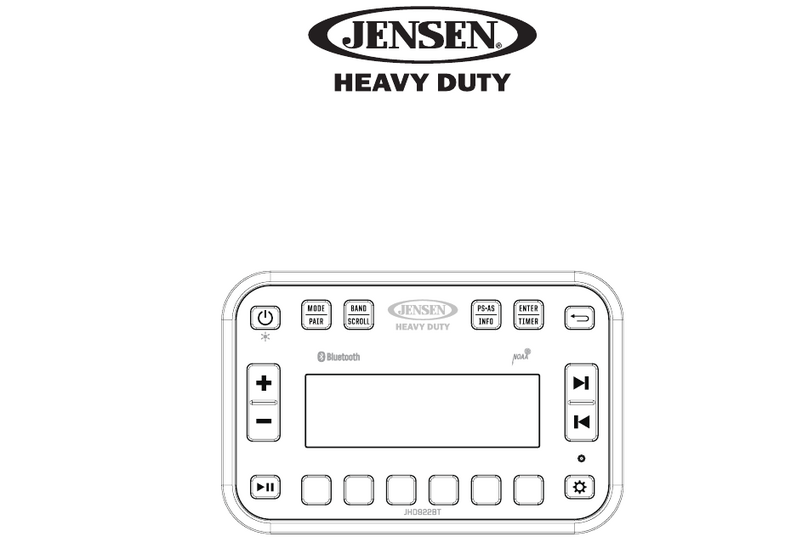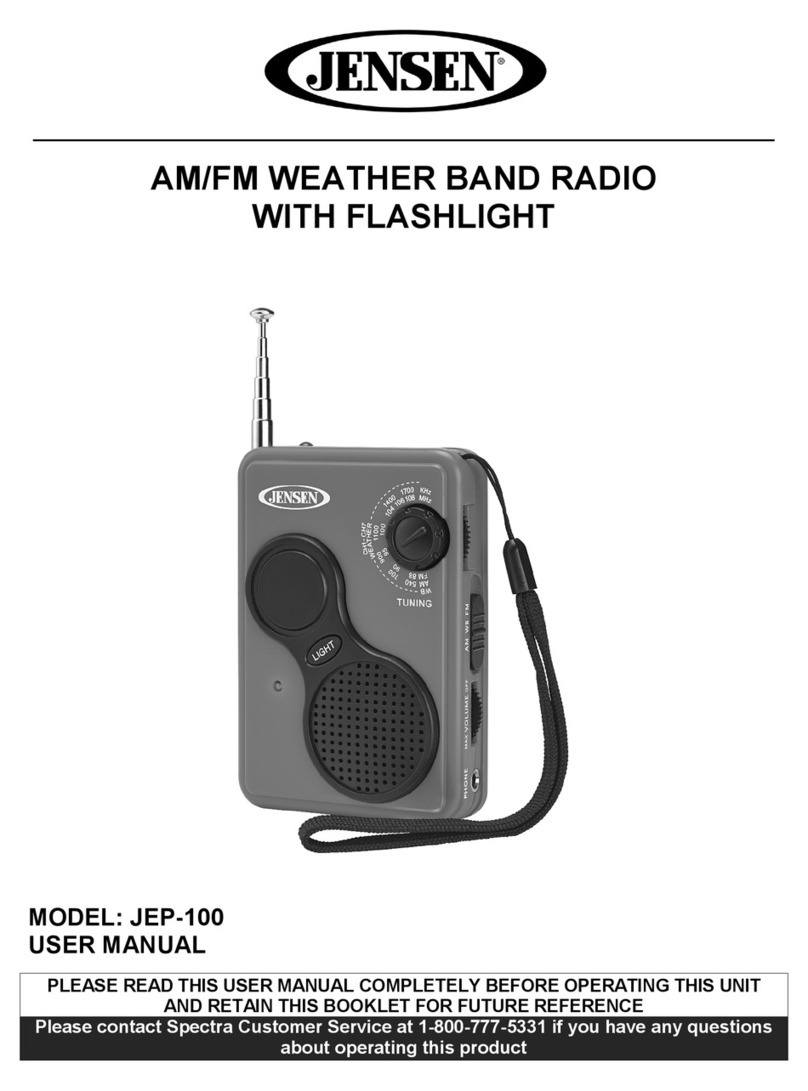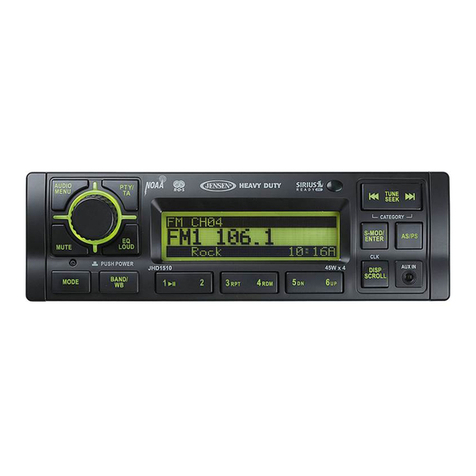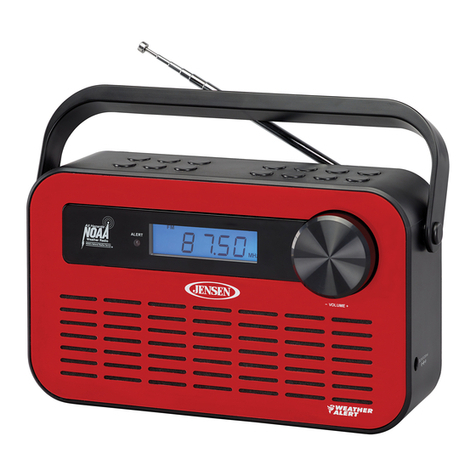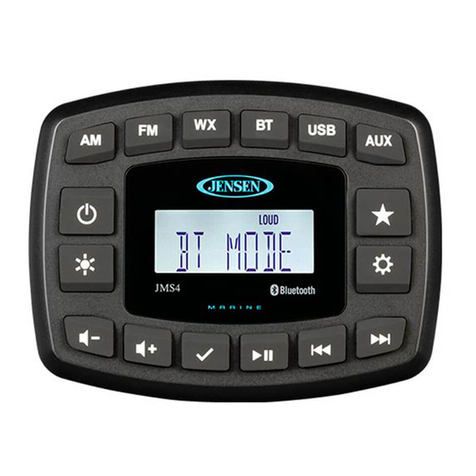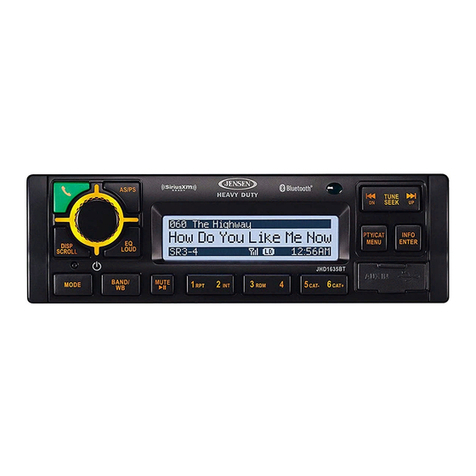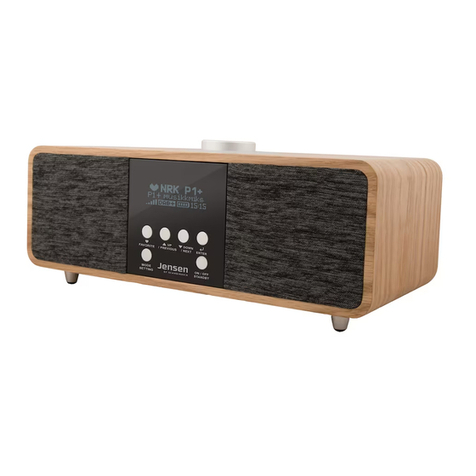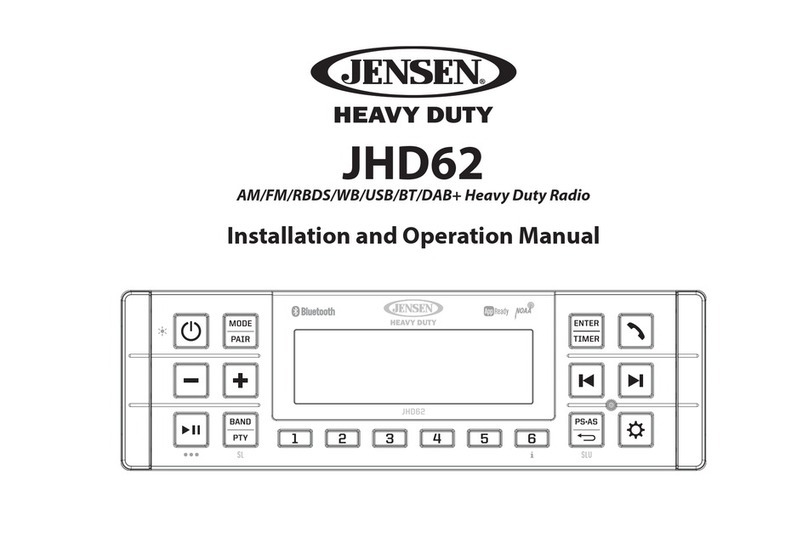
JHD1130
INSTALLATION
This unit is designed for installation
in
vehicle cabs with an existing 1-DIN radio opening.
In
many cases, a special installation kit will
be
required to mount the radio to the dashboard. See
the dealer where the radio was purchased for kit availability. Always check the kit application
before purchasing to make sure the kit works with your vehicle.
Before
You
Begin
1. Disconnect
Battery
Before you begin, always disconnect the battery negative terminal.
2. Remove Transport Screws
Important
Notes
Before final installation, test the wiring connections to make sure the unit is connected
properly and the system works.
Use only the parts included with the unit to ensure proper installation. The use
of
unauthorized parts can cause malfunctions.
Consult with your nearest dealer if installation requires the drilling
of
holes or other
modifications to your vehicle.
Install the unit where it does not interfere with driving and cannot injure passengers during
a sudden or emergency stop.
Ifthe installation angle exceeds 30° from horizontal, the unit might not give optimum
performance.
Avoid installing the unit where it will
be
subject to high temperatures from direct sunlight,
hot
air,
or from a heater, or where subject to excessive dust, dirt or vibration.
DIN
Front
Mount
1. Slide the mounting sleeve off
of
the chas-
sis
if
it has not already been removed. If
locked into position, use the removal keys
(supplied) to disengage
it.
The removal
keys are depicted
in
"Removing the Unit"
on
page
3.
2. Check the dashboard opening size
by
sliding the mounting sleeve into
it.
Ifthe
opening is not large enough, carefully cut
or file as necessary until the sleeve easily
slides into the opening.
Do
not force the
sleeve into the opening orcause it to bend
or bow. Check that there will
be
sufficient
space behind the dashboard for the radio chassis.
(.crew
Stud
~
3. Locate the series
of
bend tabs along the top, bottom and sides
of
the mounting sleeve.
With the sleeve fully inserted into the dashboard opening, bend as many
of
the tabs
outward as necessary to firmly secure the sleeve to the dashboard.
4.
Place the radio in front
of
the dashboard opening
so
the wiring can
be
brought through the
mounting sleeve.
5. Follow the wiring diagram carefully and make certain all connections are secure and
insulated with crimp connectors or electrical tape to ensure proper operation.
6.
After completing the wiring connections, turn the unit on to confirm operation (vehicle
accessory.switch must be on). Ifthe unit does not operate, recheck all wiring until the
3
tli8ib
HEAVY
DUTY
problem is corrected. Once proper operation is achieved, turn the accessory switch off
and proceed with final mounting
of
the chassis.
7. Carefully slide the radio into the mounting sleeve making sure it is right-side-up until it is
fully seated and the spring clips lock it into place.
8. Attach one end
of
the
perforated support strap
(supplied)
to
the screw
stud on the rear
of
the
chassis using the hex nut
provided. Fasten the
other end
of
the
perforated strap
to
a
secure part
of
the
dashboard either above
or below the radio using
the screw and plain
washer provided. Bend
the strap, as necessary,
to position
it.
Some
vehicle installations
provide cavity for rear
Dashboard
.(::>
Support
Strap
Plain
Washer~r4~1
Screw
(5 x
25mm)~!
Rubber Bushing
Screw
Stud
Hex
Nut
(5mm)
~
support.
In
these applications, place the rubber bushing over the screw stud and insert
the radio.
9.
CAUTION: The perforated rear
support
strap
or
rear
rubber
mounting
bushing
must
be used in the installation
of
the
radio. Installation
without
either
may
result in
damage
to
the radio
or
the
mounting
surface and
void
the
manufacturer's
warranty.
Test radio operation
by
referring to the operating instructions for the unit.
Removing
the
Unit
To
remove the radio after
installation, remove the plastic end
caps, insert the removal keys
straight back until they click, and
then pull the radio out. If removal
keys are inserted at
an
angle, they
will not lock properly
to
release the
unit.
Reconnect
Battery
When wiring is complete, reconnect
the battery negative terminal.
Sleeve
